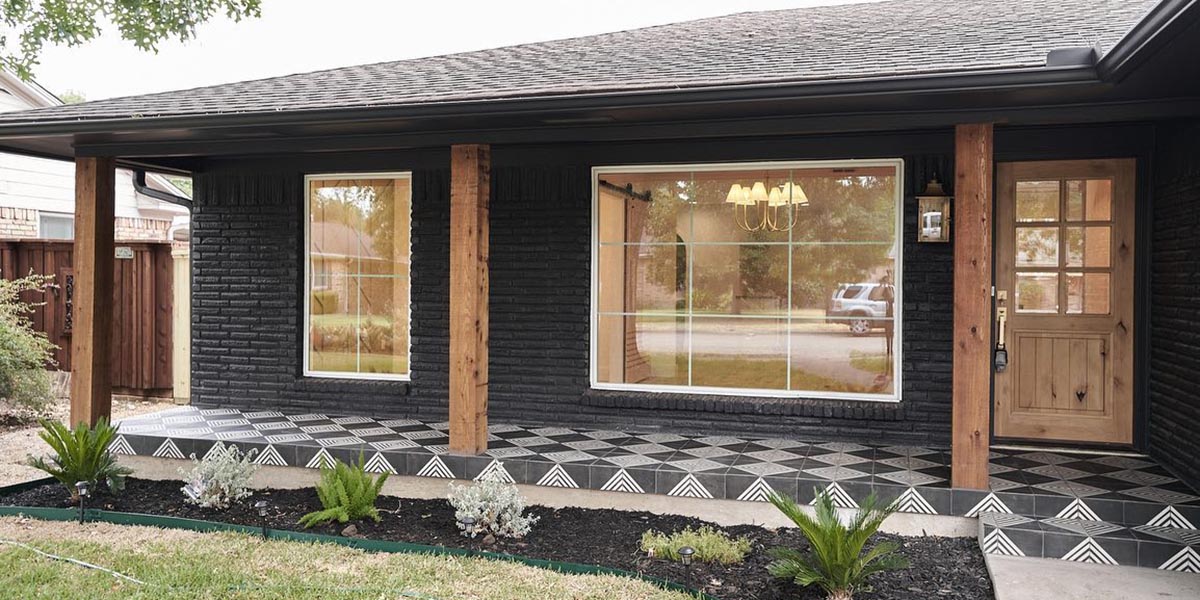As we grow older, we start to think about our future and how we want to live the rest of our lives. For many seniors, the idea of aging in place is becoming increasingly popular. Aging in place refers to the ability to live in your own home comfortably, independently, and safely as you age.
It’s no surprise that more and more homeowners are looking into aging in place design solutions for their homes.
BuildTX Solutions is known for building and remodeling stylish, highly functional homes. This isn’t your grandma’s house with crocheted afghans, dark kitchens, and doilies under the lamps. We want you to have a beautiful home that reflects your style as you get older.
In this article, we will explore the importance of aging in place design, its principles, and the different ways you can build or modify a home to be suitable for aging in place.
What is aging in place design?
Aging in place design is a concept that focuses on creating living spaces that are safe, comfortable, and accessible for senior citizens to live in as they age. The aim of aging in place design is to make it possible for seniors to remain in their own homes for as long as possible without having to move into assisted living facilities or nursing homes.
Aging in place design considers the physical, mental, and emotional needs of seniors to create a home environment that is easy to navigate, promotes independence, and provides a high quality of life.
Why is aging in place design important?
Aging in place design has become increasingly important as the baby boomer generation enters retirement age. According to the U.S. Census Bureau, by 2030, all baby boomers will be over the age of 65, and one in every five Americans will be of retirement age.
As a result, there will be a significant increase in demand for homes that are designed to accommodate the needs of seniors. Aging in place design is important because it allows seniors to age with dignity, maintain their independence, and stay connected to their community.
Principles of aging in place home design
Aging in place home design is based on several principles that aim to create a safe, comfortable, and accessible living environment for seniors. These principles include:
1. Safety
Safety is the most important consideration when it comes to aging in place design. A home designed for aging in place should be free of tripping hazards, have adequate lighting, and be equipped with safety features such as grab bars and non-slip flooring.
2. Accessibility
Accessibility is another key principle of aging in place design. A home designed for aging in place should be easy to navigate, with wide doorways and hallways, and a layout that minimizes the need to climb stairs.
3. Comfort
Comfort is an essential consideration when it comes to aging in place design. The home should be comfortable and inviting, with features such as comfortable seating, soft lighting, and temperature control.
4. Adaptability
Adaptability is crucial when it comes to aging in place design. The home should be designed with the future in mind, with features that can be easily modified to meet changing needs. This includes features such as adjustable countertops and shower benches.
Building an aging in place home: what to consider
If you’re considering building an aging-in-place home, there are several factors to consider. These include:
1. Location
The location of your home is important when it comes to aging in place. Consider factors such as proximity to healthcare facilities, public transportation, and community resources.
2. Layout
The layout of your home should be designed with aging in place principles in mind. This includes features such as a single-story layout, wide doorways and hallways, and an open floor plan.
3. Safety features
Safety features such as grab bars, non-slip flooring, and adequate lighting should be incorporated into the design of your home.
4. Technology
Technology can play an important role in aging in place design. Consider features such as smart home technology, which can help seniors to control lighting, temperature, and other aspects of their home environment.
House plans for aging in place: design features to look for
If you’re looking for house plans for an aging in place home, there are several design features to look for. These include:
1. Single-story layout: A single-story layout is ideal for aging in place, as it eliminates the need to climb stairs.
2. Wide doorways and hallways: Wide doorways and hallways make it easier to navigate the home with mobility aids such as walkers and wheelchairs.
3. Open floor plan: An open floor plan creates a spacious and inviting living area, while also making it easier to move around the home.
4. Accessible bathroom: An accessible bathroom should include features such as a curbless shower, grab bars, and a raised toilet.
How to modify an existing home for aging in place
If you’re not in a position to build a new home, you can still modify your existing home to be more suitable for aging in place. Some modifications to consider include:
1. Install grab bars: Grab bars can be installed in the bathroom, near the bed, and in other areas of the home to provide stability and support.
2. Replace flooring: Non-slip flooring can be installed to reduce the risk of falls.
3. Install a stairlift: A stairlift can be installed to make it easier to navigate stairs.
4. Create an accessible bathroom: An accessible bathroom can be created by installing a curbless shower, grab bars, and a raised toilet.
Conclusion
Aging in place design is becoming increasingly important as the baby boomer generation enters retirement age. By creating homes that are safe, comfortable, and accessible, seniors can maintain their independence and age with dignity.
Whether you’re building a new home or modifying your existing home, there are many options available to help you create an aging in place home that meets your needs. With the right design and modifications, you can live in your own home comfortably and safely for many years to come.


